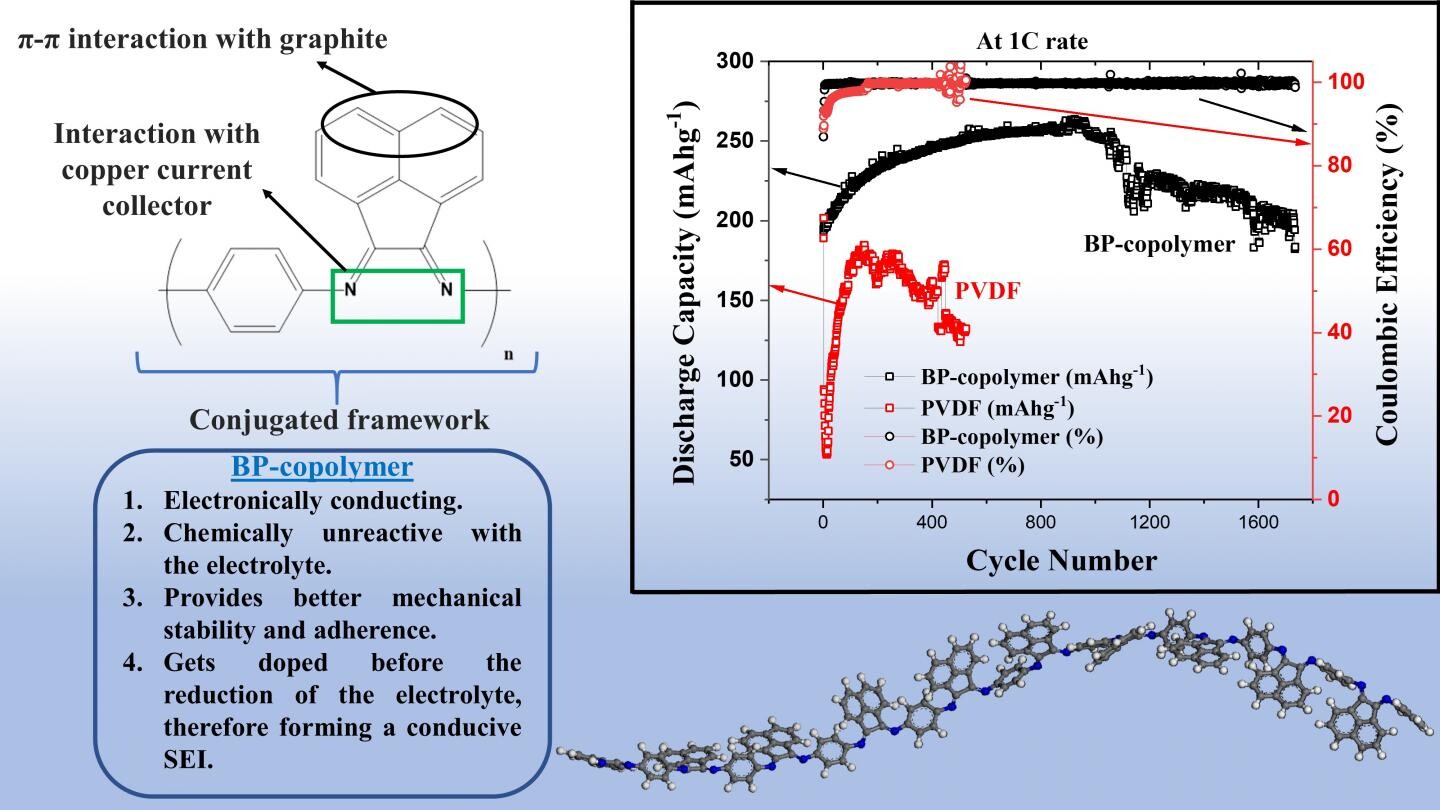Game-Changing Material Lets Lithium-ion Batteries Keep Almost Full Charge-Capacity for up to 5 years
btarunr
TechPowerUp
A game-changing new material promises to keep your "battery health" meter stuck at a 100% for up to 5 years. Lihium-ion rechargeable batteries that power most of today's digital civilization, come with two limitations—one that they can only be recharged a finite number of times; and two, that their capacity reduces over time. On some smartphones, such as the iPhone, this is reported to end-users as "battery health."
Japan Advanced Institute of Science and Technology (JAIST) discovered a new material called [wait for it] bis-imino-acenaphthenequinone-paraphenylene (BP) co-polymer. This serves as a binder material on the anode (positive electrode). A binder is a substance used to coat an electrode to prevent the material of the electrode from falling apart or getting destroyed by the electrolyte. Li-ion cells use graphite anodes that are delicate, and were being coated by poly-vinylidene fluoride (PVDF), but this material had a durability of 500 recharge cycles at full (rated) capacity, and yielding only 65% of capacity the battery is "capable" of (with bare electrodes). Beyond 500 cycles, the PVDF binder wears, taking the electrode with it, which the capacity. JAIST's research has found its material to be capable of sustaining 1,700 recharge cycles while maintaining the battery's recharge capacity at 95 percent. For a smartphone that gets recharged once a day, that's nearly 5 years of full "battery health." The JAIST paper can be accessed here.
Continue Reading